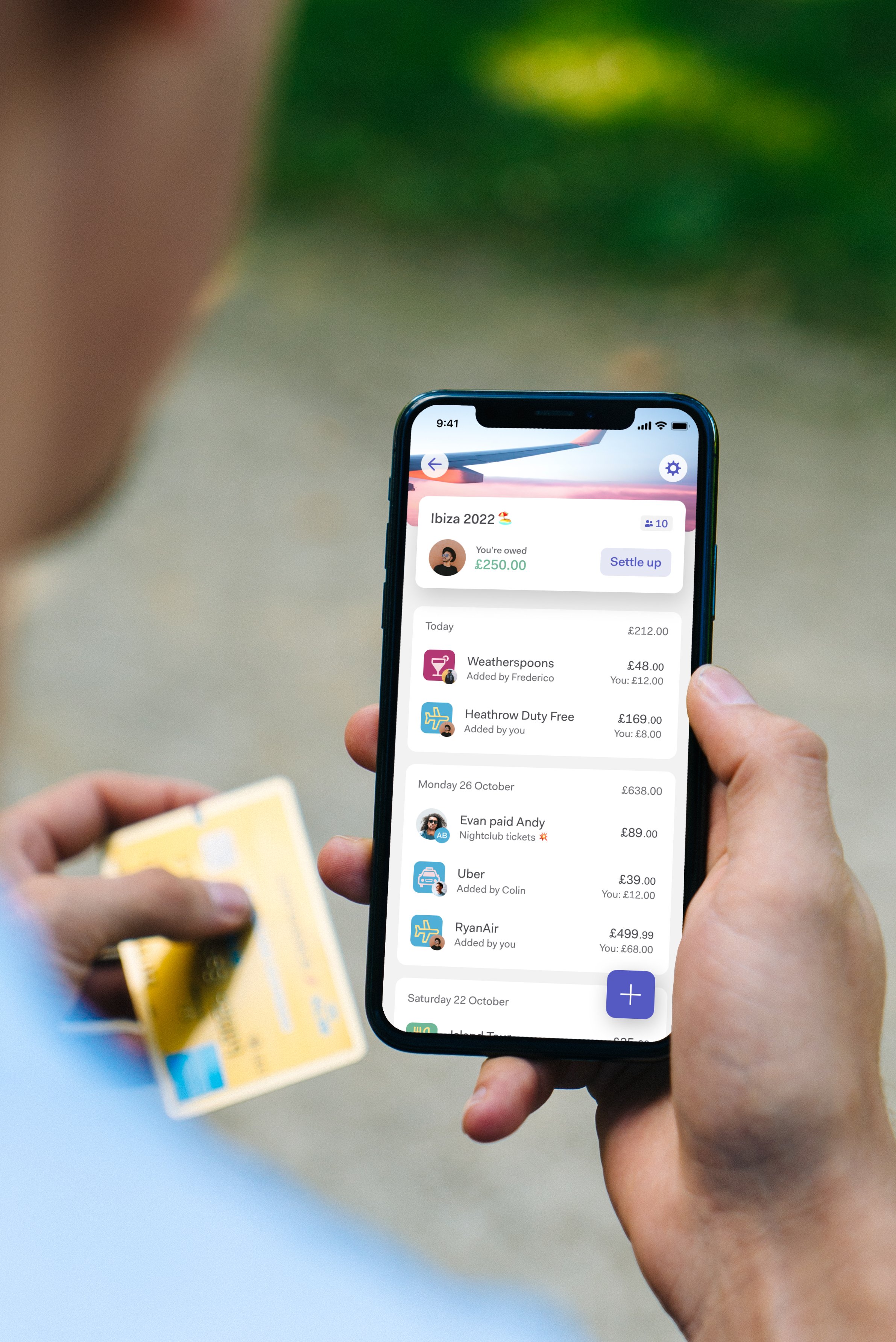
Kroo Groups
Context
Solving social awkwardness around money
I joined Kroo Bank as employee #8 and designer #1. We took an idea of ‘changing the relationship people have with money for good’ through to a fully regulated bank in the U.K as of June 2022.
Our customer research had given us high confidence that our problem space existed: the awkwardness around social and financial sharing among friends. One of the many ideas for how the problem could be addressed was a space for friends to add, track and settle up shared expenses. From this Kroo Groups was born.
My contribution
Research, Wireframing, Prototyping, Usability Testing, Ui Design
1x Product Manager
1x Product Designer
1x Tech Lead
4x Engineers
The team
Tools
Figma, Usertesting platforms, Principle
How Might We: remove social awkwardness surrounding shared finances between friends and family?
The problem
Finding a beachhead strategy for market entry
As I arrived at Kroo, market research had been done from a research company around market fit. The key findings were around social organising, and tracking costs – especially around group trips.
A beachhead strategy was taken in order to attempt to solve a problem for small groups of friends who have regular joint expenses. As these friends then interact with other social groups and networks in their lives, the product begins to grow and spread to more users organically.
Research agency findings
The approach
Talking to people about money
From here, myself and a product manager conducted interviews with 25 people in our target market of 18-34 year olds, socially active, living in urban areas.
The reason behind this research was to support the quantitive research done above with qualitative insights.
We looked to validate some of the early research and explore the topic of shared finances with friends, their behaviours, delights and problems in this space. We wanted to validate or invalidate some of the assumptions that were held around this problem at the time.
The approach
Key findings
Some of the key findings which informed the MVP launch were:
Organisers have the most pain when it comes to shared expenses - they are the driving force behind the group activity, bare the brunt of most expenses, and usually are chasing people for money long after the event has occurred.
Visibility was a big issue - at present people would keep a mental tally of joint spending which would lead to misalignment and awkward conversations / disagreements. “I’m sure I paid for them last time…”
There seemed to be little need for one off events - friends in our target market would ‘settle up’ at the time, buy rounds of drinks or ‘I’ll get it this time, you’ll get it next time.’
There was a much bigger pain around longer events - holidays or long standing ledgers - flatshares, workplaces, sports teams.
Targeting a smaller subset
Squads
Groups of 3-6 people
In our target market: 18-34 years
Everyone in the group knows each other very well
Meet and spend together a couple of times a month
Organiser is the entry point
The approach
Rapid ideation
I ran a series of workshops and sketching exercises with the wider team to quickly come up with a range of ideas and concepts on how we might go about solving some of these issues in the problem space.
Research methods
Market research, consumer analysis & competitive landscape
Crazy 8’s sketching sessions
Paper and interactive Prototyping & usability testing with target market (a lot of time spent at Liverpool St Station)!
User journey mapping
The approach
MVP launch of … Kroo Groups
As I continued to test and validate the ideas, one continued to resonate: the idea of a communal space where users could add their shared expenses and have full visibility of group activity, and then easily settle up when the time came (end of the holiday, sports season etc).
After multiple rounds of testing, an MVP of ‘Groups’ was released, where users could name their group, add the friends involved, and split bills - either Kroo Card transactions or manual transactions (evenly) with group members.
We looked to track the number of groups created, active groups, transactions added per week, and retention (3 transactions added per week).
Groups MVP release
The approach
Initial feedback from users
“I need to split unevenly across the group”. Even splits worked well in use cases around group trips where large expenses like flights and accommodation were usually split evenly. However in use cases like flatting together, friends with different sized rooms would pay different amounts of rent. Or when friends were out for dinner, people would have different meals, some drinking, some not etc.
Who do I need to pay to settle what I owe?” Confusing who actually owes who - fine to see what I and everyone owes or is owed, but how do I settle my debt?
“How can I add someone to the group?” Users would sometimes forget to add all users at a time or not all users were on the app at group creation and so would need to add and sometimes remove users from their groups.
The solution
Uneven splitting
Uneven splitting was something that was in the backlog, but after the initial rounds of feedback it was clear this would need to be prioritised. This piece of work was split off into its own epic and something I worked on separate to this case study.
I underwent multiple rounds of ideation and user testing before landing on a first release (some of the concepts below).
We then tracked the metrics on even and uneven splits to gain an understanding on where to improve on next.
The solution
Bringing clarity to who owes who
One of the biggest learnings from the MVP launch was around settle up confusion. So I removed the visual noise and clutter of having what everyone owes horizontally scrolling along the top and just focused on the main user.
When talking to users, I found that the majority were only concerned about seeing what they personally owed/were owed and what they need to do in order to settle up.
The group organiser was more likely to want to keep tabs on how the group was doing which the group details screen allowed. But it was unnecessary at the high level.
Iterative Experiment
Adding group photos
While gaining feedback on the MVP feature, we continued to add elements of delight for the user including the ability to add photos to groups. This helped create visual interest, making the app feel more social, but also worked as a quick recognition tool for the user.
Iterative Experiment
Group name hints
Giving ideas around what you could use a groups for looked to give inspiration for the user but also helped speed up the flow and increase group creation.
Iterative Experiment
Profile Pics
Profile pictures was another highly requested feature from our Beta users.
They make the groups and app in general feel more social and helped with recognition. With a selection of the tertiary colour palette used in absence of a profile picture used.
The solution
Refreshing the Kroo visual identity
While we continued to learn from the MVP release, the business was changing its name from B-Social to Kroo and so with the co-founder I led the rebranding process (see case study), and bought the app to life by applying the new Kroo branding in an iterative, continuous-design approach — incrementally applying the new branding as product features were built, and continuously building out our atomic design system library.
The result
However we hit a big problem…
While we initially saw a big uptake in the number of groups created, the retention in those groups was incredibly low — 80% of groups created didn’t have a single transaction added.
I spoke to a number of users to understand why:
Group creators (organisers) would create the group, message in a corresponding WhatsApp group telling everyone to sign up so they could add them to the group.
While some friends would, some would take a long time getting round to doing it, while some wouldn’t get round to it at all.
We would see that when a group had fully formed and was being used, that’s when users saw the value proposition and a large % of them would go on to creating their own groups.
However, not having everyone in the group meant users couldn’t start splitting bills as the splits would be incorrect and it was too confusing/hard to add them to all the splits later (a feature we also didn’t have at the time).
This effectively meant the group would stall before it had begun…not ideal 🤦♂️.
The solution
Stage 1: Adding the placeholder user
So I went about trying to solve this issue, after ideating with the wider team, I proposed a solution and with the PM and tech lead, we broke it down into 3 pieces of work. The first piece of work was the ability to add ‘placeholder users’ from your phonebook, and also a way of creating a completely new user.
The solution
Stage 2: Inviting placeholder users directly into the group
Once a placeholder user was added to the group, the next step was the ability to invite that user directly to the group. From feedback I learnt people where more likely to join Kroo and the group when they were already personally involved in group activity.
The solution
Stage 3: Final step, the user takes their place in the group
Once the placeholder user had signed up to Kroo, they are presented with an invite screen describing what they being being asked to join. Initially, less than half of users would take their place in the group and so I added in the more information screen to give key info about why they might want to accept the invite - who invited them, what they currently owed/were owed, and other members all to create more confidence in the users decision.
The outcome
Huge increase in social activity on Kroo
Group retention increased by over 300%.
Time to first transaction added to group dropped dramatically.
Group created continued to grow.
The number of ‘new’ group creators (organisers) increased.
Interestingly, a low number of groups ever ‘settled up’. Groups would continue to run with confidence in knowing who owes what was enough to leave the ‘tab open’.
Kroo gained it’s full banking licence and launched it’s Personal Current Account alongside the Groups functionality to the UK public in 2022 to 10,000 customers, scaling to 150,000+ within the first year.
























